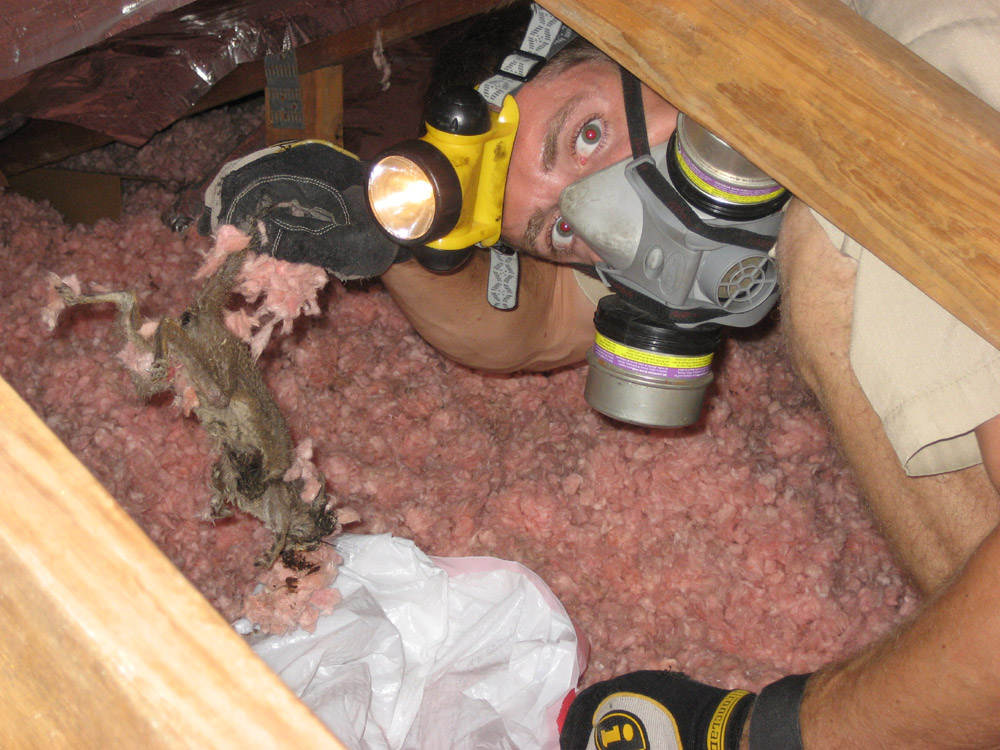

Removing dead animals from walls, ceilings, crawl spaces, and other structural areas is risky and generally should not be attempted by homeowners. Decomposing animals trapped in walls and ceilings can sometimes cause staining.

Displaced parasites such as fleas, ticks, lice, and mites often go looking for new homes when their hosts die, and can spread serious diseases when they infest humans or domestic animals.Dead animals can attract flies, beetles, and other insects.Dead animal odors are putrid and can last for many months.

Dead animals trapped in walls, ceilings, crawl spaces and other places in a building can cause all sorts of problems: The fine old buildings found in Atlanta and throughout Georgia and Alabama are full of nooks and crannies that give animals plenty of places to roam, hide, die, and stink, making dead animal removal a physically demanding and difficult job.īut dead animal removal is important work. To put it plainly, removing a dead, rotting animal from a building is pretty disgusting work.Īnimals that get trapped and die inside of attics and other parts of buildings decompose rapidly in the Southern heat, and the dead animal stench can become unbearable.ĭead animal removal can be physically demanding work. Frankly, dead animal removal and odor control are not the most glamorous jobs that animal control technicians perform.


 0 kommentar(er)
0 kommentar(er)
